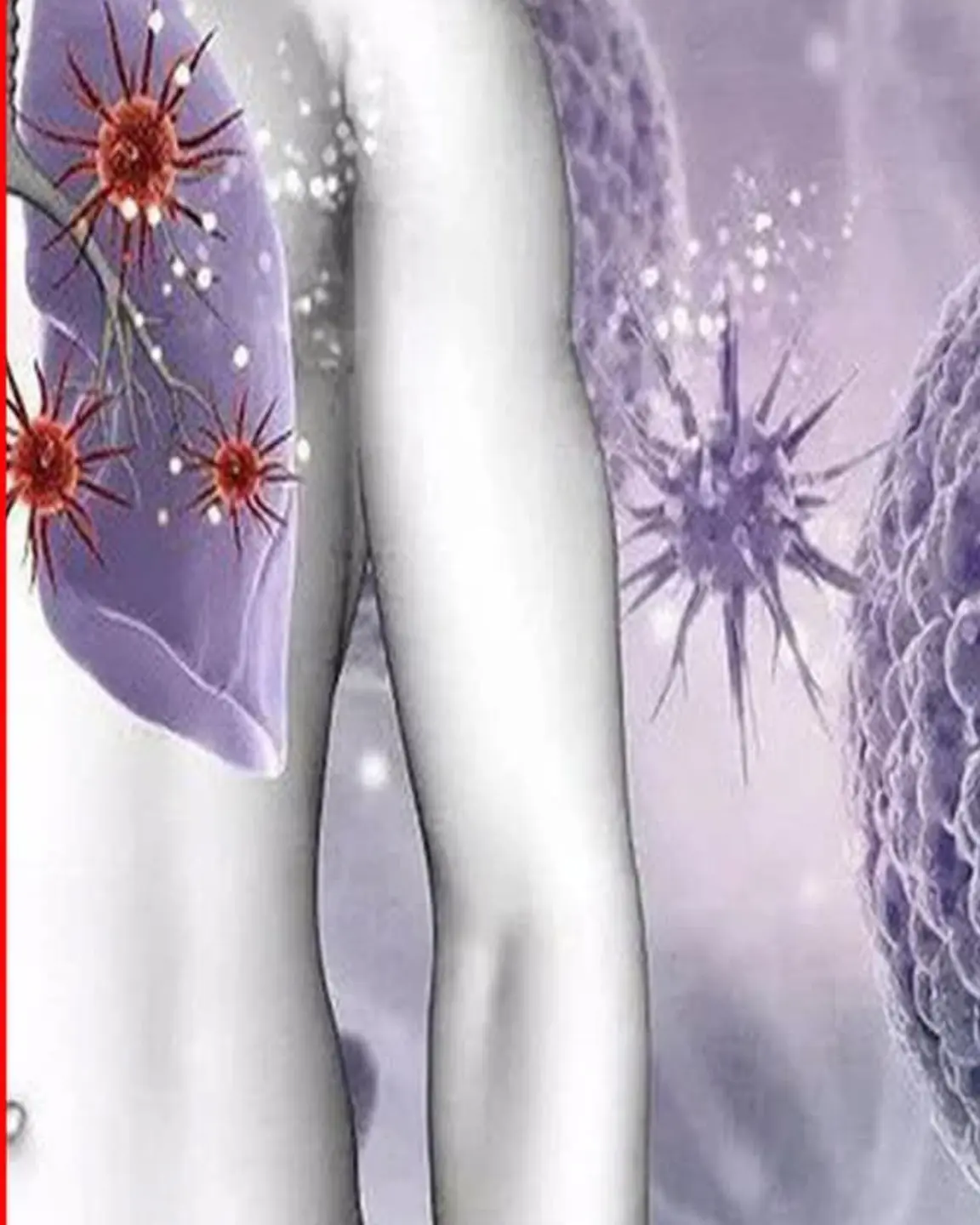
7 Common Signs of Peripheral Facial Nerve Palsy That Many Often Overlook
7 Common Signs of Peripheral Facial Nerve Palsy That Many Often Overlook
Typically, patients can recognize this condition based on various functional or morphological changes in the facial muscles caused by peripheral facial nerve (cranial nerve VII) palsy. Read on for more details!
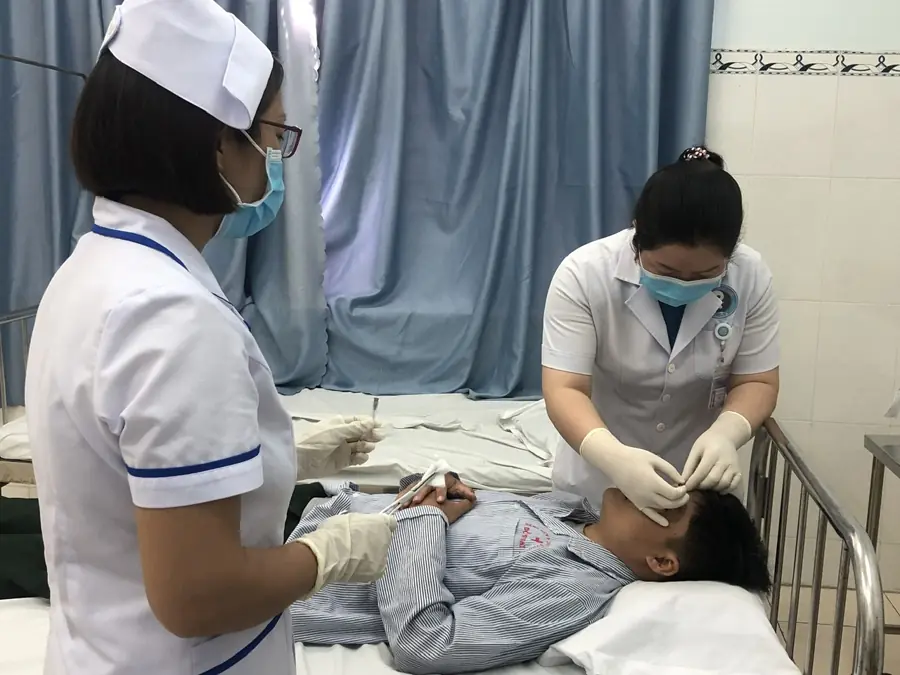
Peripheral facial nerve palsy (facial paralysis) is the weakness of the muscles on one side of the face resulting from damage to this cranial nerve. Early detection of the signs of peripheral facial nerve palsy is crucial for timely intervention and to minimize adverse functional and aesthetic consequences.
Signs of Peripheral Facial Nerve Palsy
Patients with peripheral facial nerve palsy may exhibit symptoms affecting one or both sides of the face, such as:
-
Loss of control over facial muscles, leading to difficulties with eating, speaking, and facial expressions; an asymmetrical face, with one side of the mouth drooping, a shifted nasal tip, inability to wrinkle the forehead on the affected side, and incomplete closure of the eye on the paralyzed side.
-
Inability to fully close the eye, leading to dryness due to insufficient tear production or uncontrolled tearing.
-
Headaches, pain around the jaw, inside the ear, or behind one ear.
-
A drooping facial appearance compared to the unaffected side.
-
Loss of taste on half or two-thirds of the front of the tongue.
-
Possible hearing loss, as the damage may extend to cranial nerve VIII, which runs close to cranial nerve VII.
Some Treatment Methods for Peripheral Facial Nerve Palsy
To treat peripheral facial nerve palsy, you should first consult a specialist to determine the severity of the facial paralysis, its cause, and appropriate treatment methods. Additionally, you may consider the following measures:
-
Protect the eyes and face: Use sunglasses, artificial tears, or moisturizing creams to reduce the risk of dry eyes and corneal damage.
-
Limit exposure to direct sunlight: Apply sunscreen to protect the skin from UV rays.
-
Perform facial exercises: Engage in activities such as blinking, opening the mouth widely, smiling, and gentle massages to stimulate blood circulation, which may help alleviate and improve the condition.
-
Reduce electronic device usage: Take breaks between prolonged periods of work to rest the eyes and face.
-
Regular medical check-ups: Follow your doctor’s recommendations and instructions to effectively monitor and prevent complications.
-
Cosmetic consultation: Consider seeking advice from a cosmetic specialist regarding interventions to correct complications (such as drooping, asymmetry, or sagging facial skin) caused by facial nerve palsy, in order to improve appearance and muscle flexibility.
Recognizing the signs of peripheral facial nerve palsy is essential for timely intervention and prevention of further complications. At the same time, patients can adopt appropriate care methods and lifestyle adjustments to support the effective treatment of facial nerve palsy.
News in the same category


5 Habits Doctors Never Do During Flu Season: How They Stay Healthy Despite Daily Contact with Thousands of Patients

Signs of High Blo.od Sugar and Diabetes Risk: If You Have Any of These 6 Symptoms, Be Cautious!
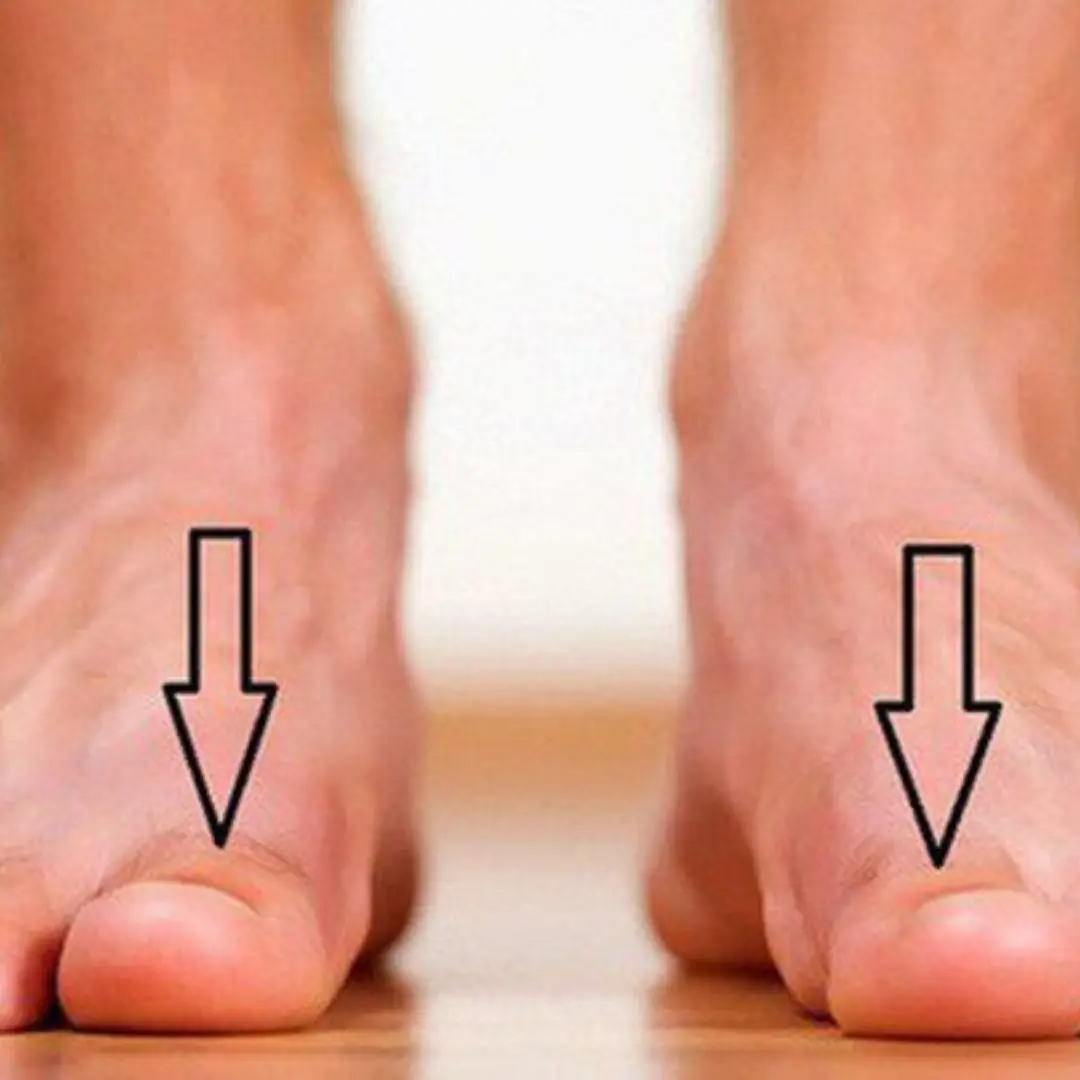
7 warning signs of incurable diseases on the feet: Those who do not have them are very congratulatory
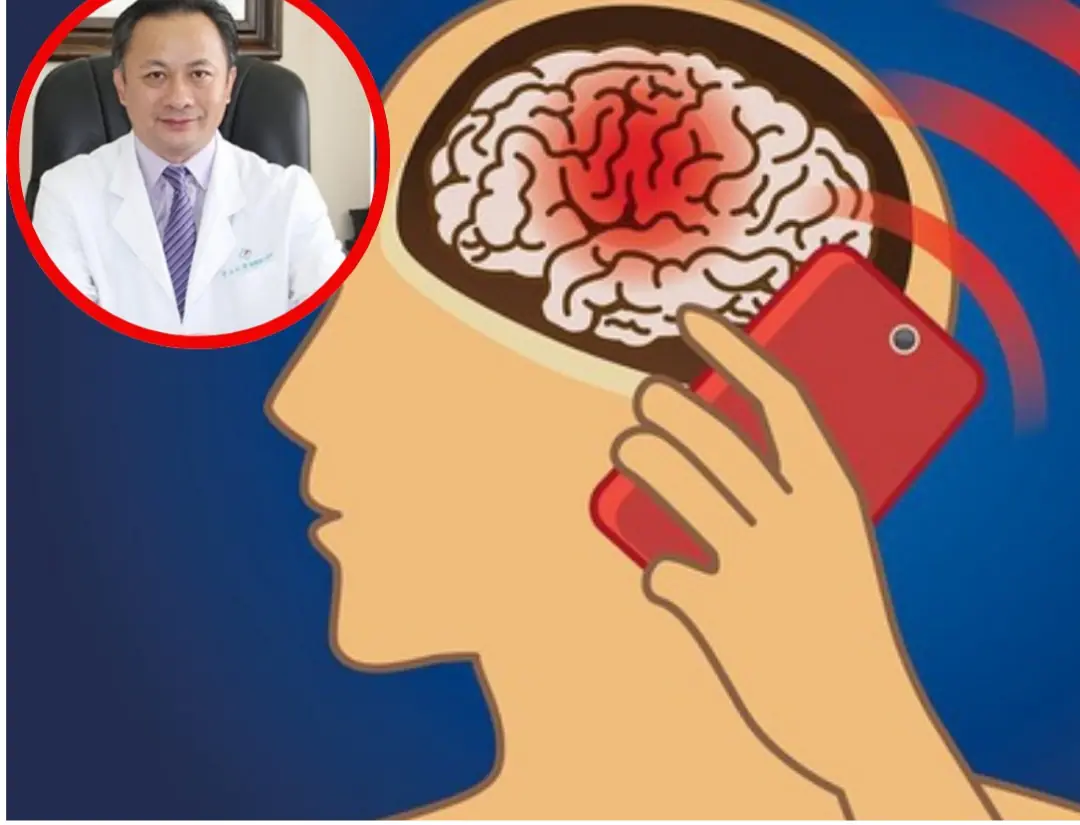
Using your phone a lot is fine, but you have to avoid 2 times

9 Warning Signs of Can.cer: Recognize Them Early to Save Your Life
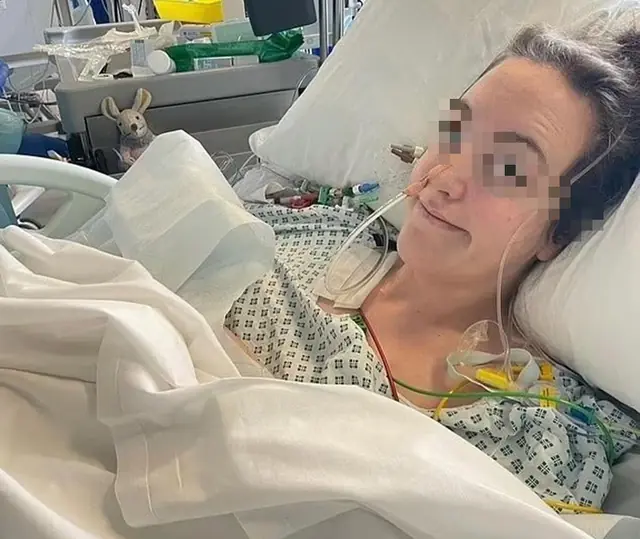
At 25, She Had to Undergo a Hysterectomy to Survive: A Girl Breaks Down in Tears, Urging Everyone Not to Ignore Four Small Changes

Want Firm, Wrinkle-Free Skin? Discover 9 Collagen-Boosting Superfoods That Keep You Surprisingly Youthful!

4 things many people do in the morning that put themselves closer to a stroke
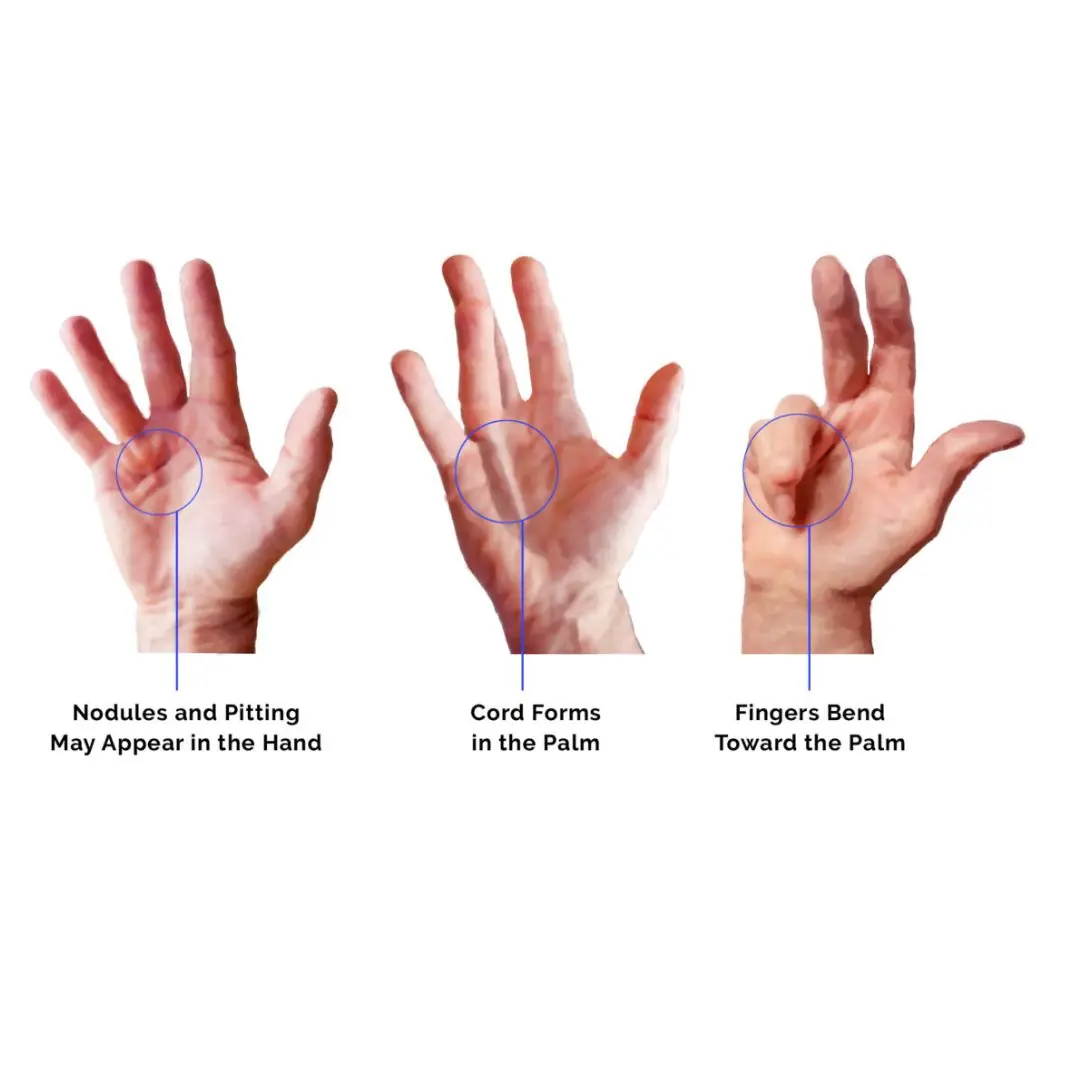
The Most Common Crippling Hand Disease That You’ve Never Heard Of: Dupuytren’s Contracture

Discover 5 Incredible Foods That Naturally Eradicate Intestinal Worms and Revitalize Your Gut Health

HERE'S WHY YOU SHOULD PUT GARLIC IN YOUR EAR:

3 Abnormal Reactions When Drinking Water That May Signal Li.ver Can.cer Warning Signs
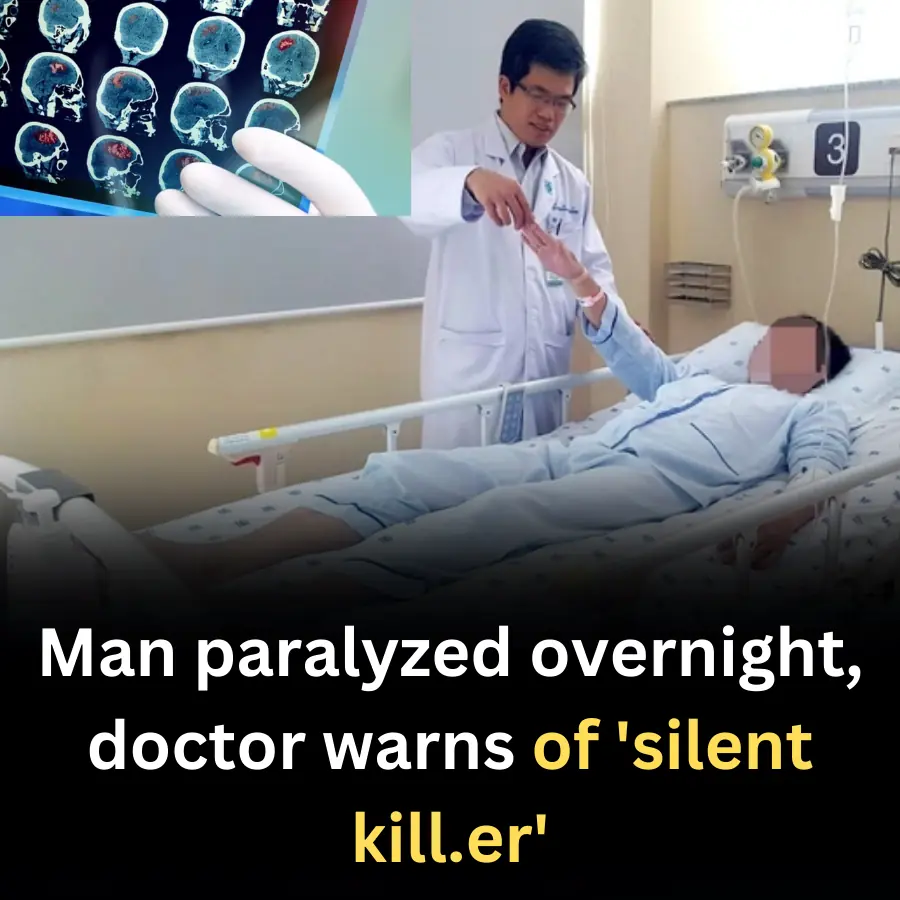
Man paralyzed overnight, doctor warns of 'silent kill:er'

6 People Who Should Never Eat Red Meat, According to Dietitians

New Study: Can.cer Risk Increases 5-Fold If You Drink That Popular Beverage Every Day

How many eggs should you eat a week?

6 Signs on Your Feet That May Warn of He.art Disease – Don’t Ignore Them

Women Who Exhibit These Signs Have a Truly Weakened Immune System and Are Far More Prone to Severe Complications When Ill
News Post

5 foods are considered "vacuum cleaners" for the l.u.n.gs: eat them regularly and your l.u.ngs will be cleaned

5 Habits Doctors Never Do During Flu Season: How They Stay Healthy Despite Daily Contact with Thousands of Patients

How can you make “5+5+5 = 550” correct with just one line?

Signs of High Blo.od Sugar and Diabetes Risk: If You Have Any of These 6 Symptoms, Be Cautious!
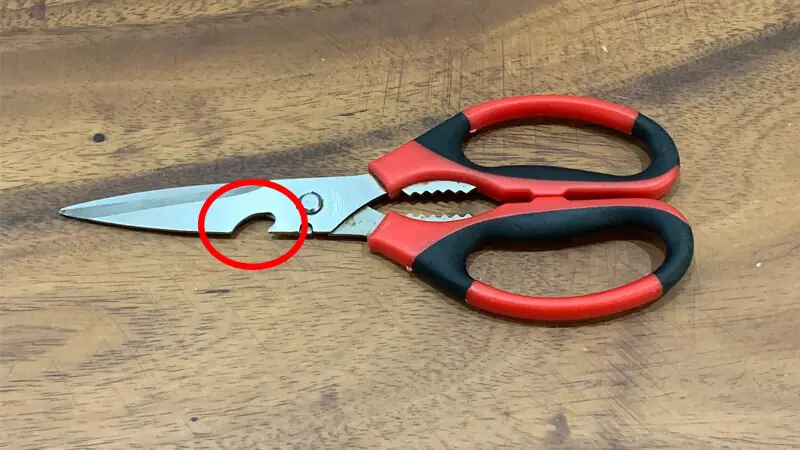
The Purpose of the Notch on Scissors: Many Homemakers Don’t Know How to Use It—What a Shame!

The rice barrel placed in this place will cause constant illness and difficulty
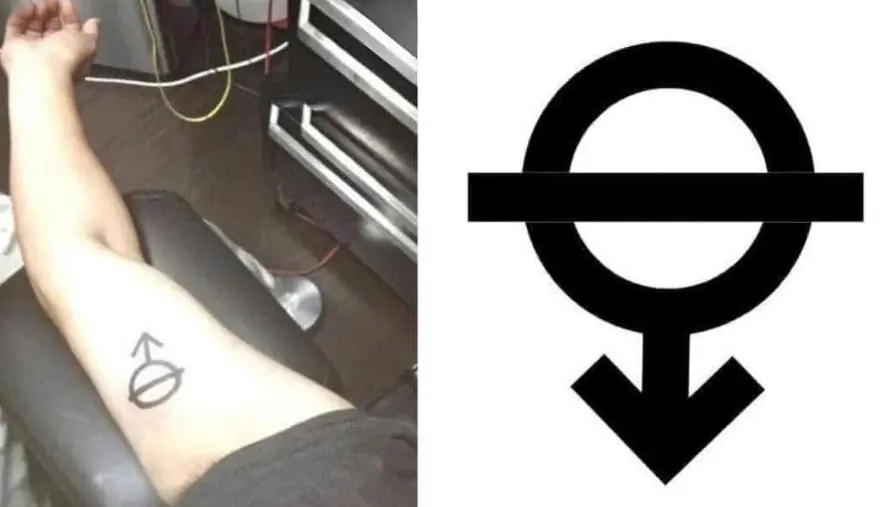
Is that girl okay?

The photo that made millions of people cry about the profession considered the di.rtiest in the world

7 warning signs of incurable diseases on the feet: Those who do not have them are very congratulatory
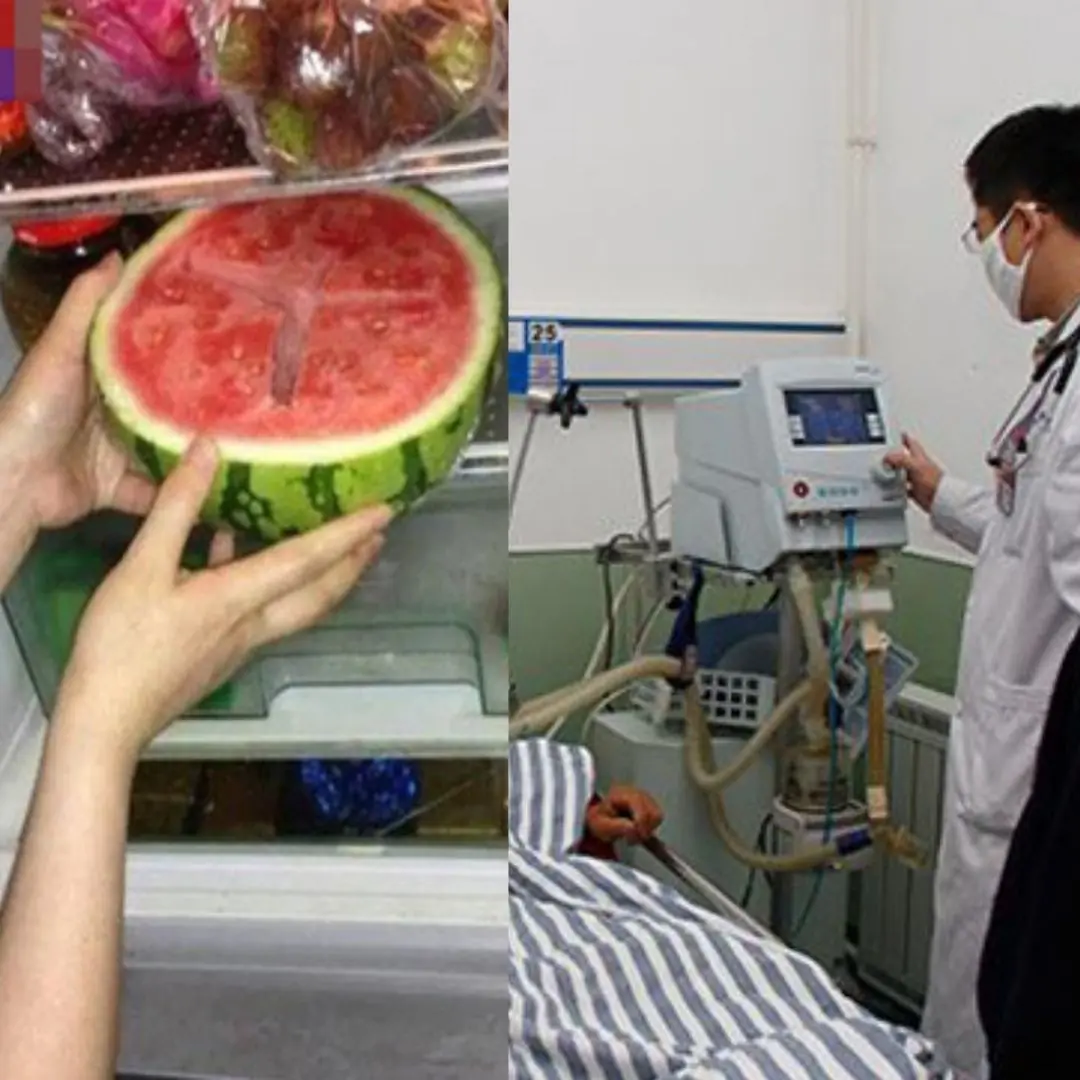
Whole family hospitalized after eating watermelon left overnight in the refrigerator: Mistakes in preserving watermelon that many people make
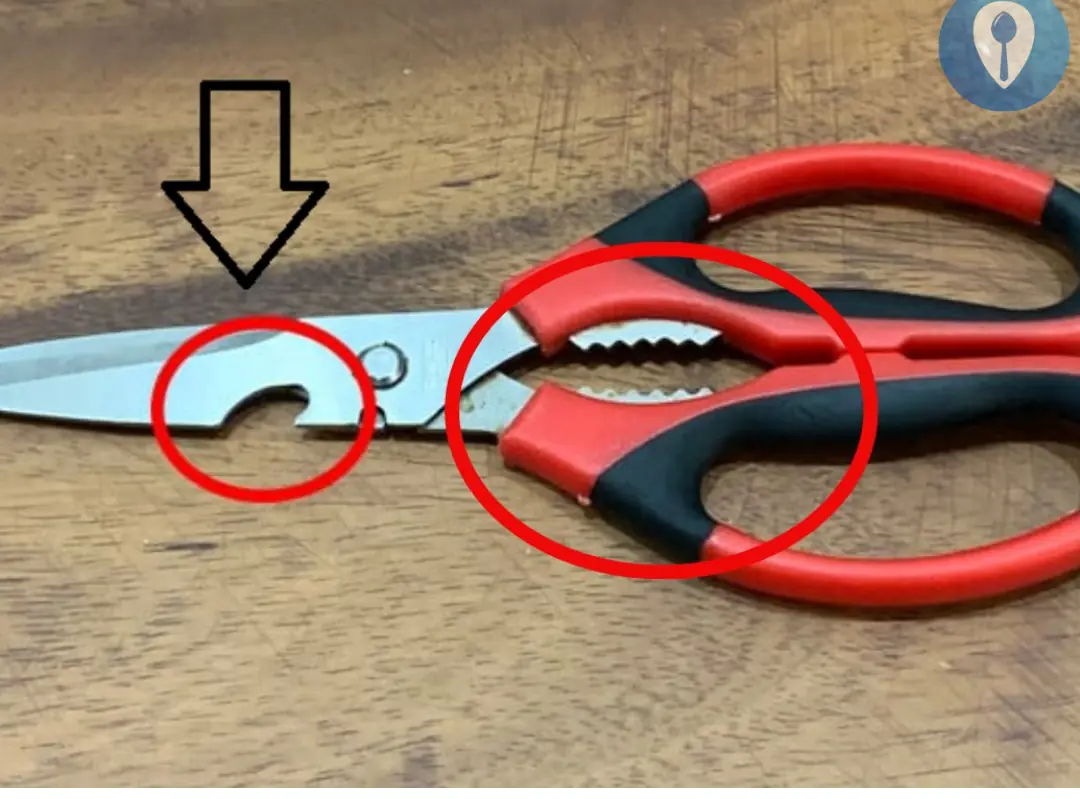
What are the buttonholes and serrated holes on scissors used for?

Using your phone a lot is fine, but you have to avoid 2 times

The old man selling lottery tickets carried a sack of change into the bank, was loo.ked d.own upon by the staff and had a surprising ending

I'm only 22 years old, but I just agreed to marry a rich 60 year old man

Who D.ie.s If ‘E’ Pushes The Stone?

Many people worry that throwing toilet paper into the toilet might cause blockages

The "Secret" of the Small Hole on a Vegetable Peeler That Made Me Realize My EQ Has Been at Rock Bottom for 10 Years!

Can you spot the turtle in 15 seconds?

9 Warning Signs of Can.cer: Recognize Them Early to Save Your Life
